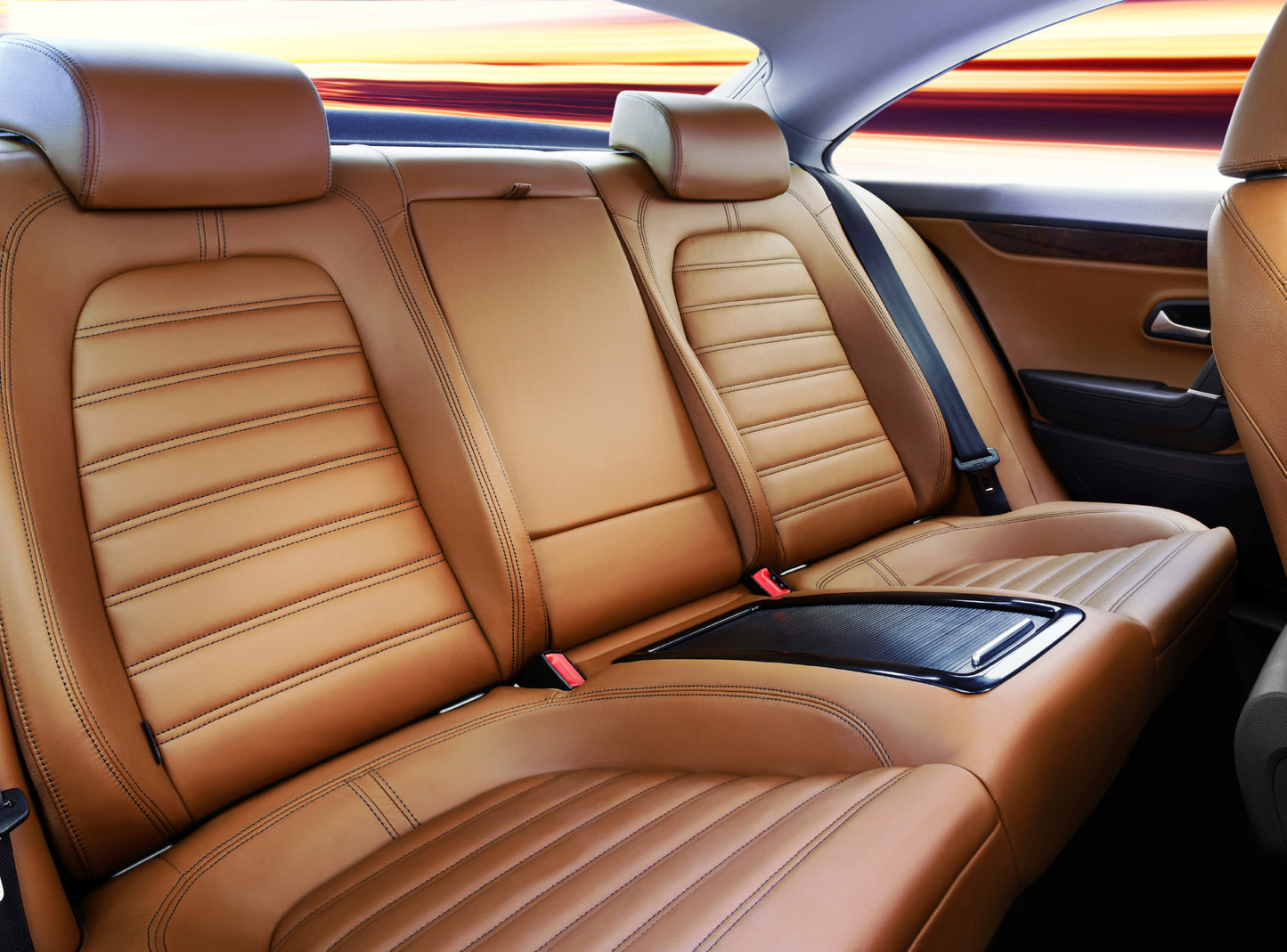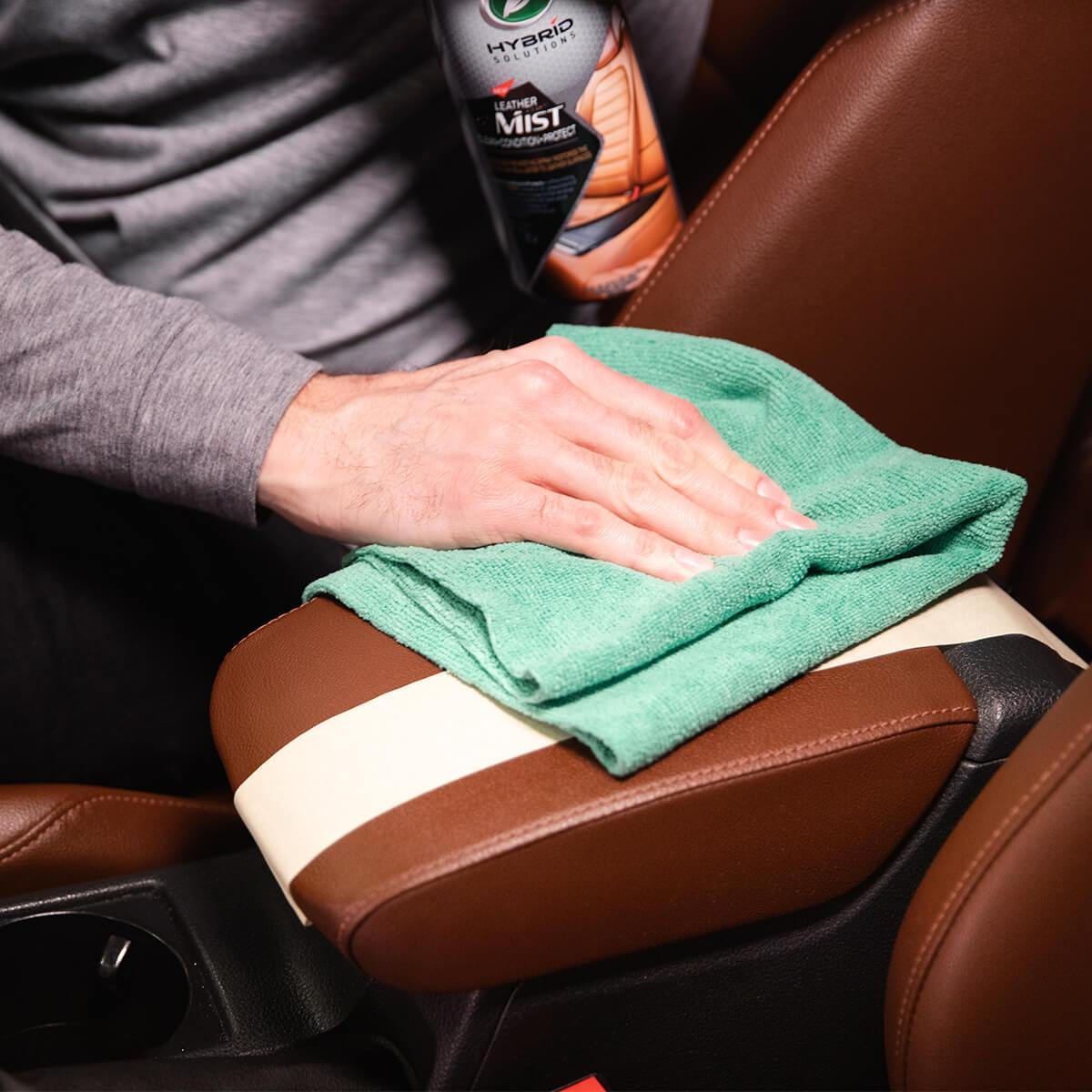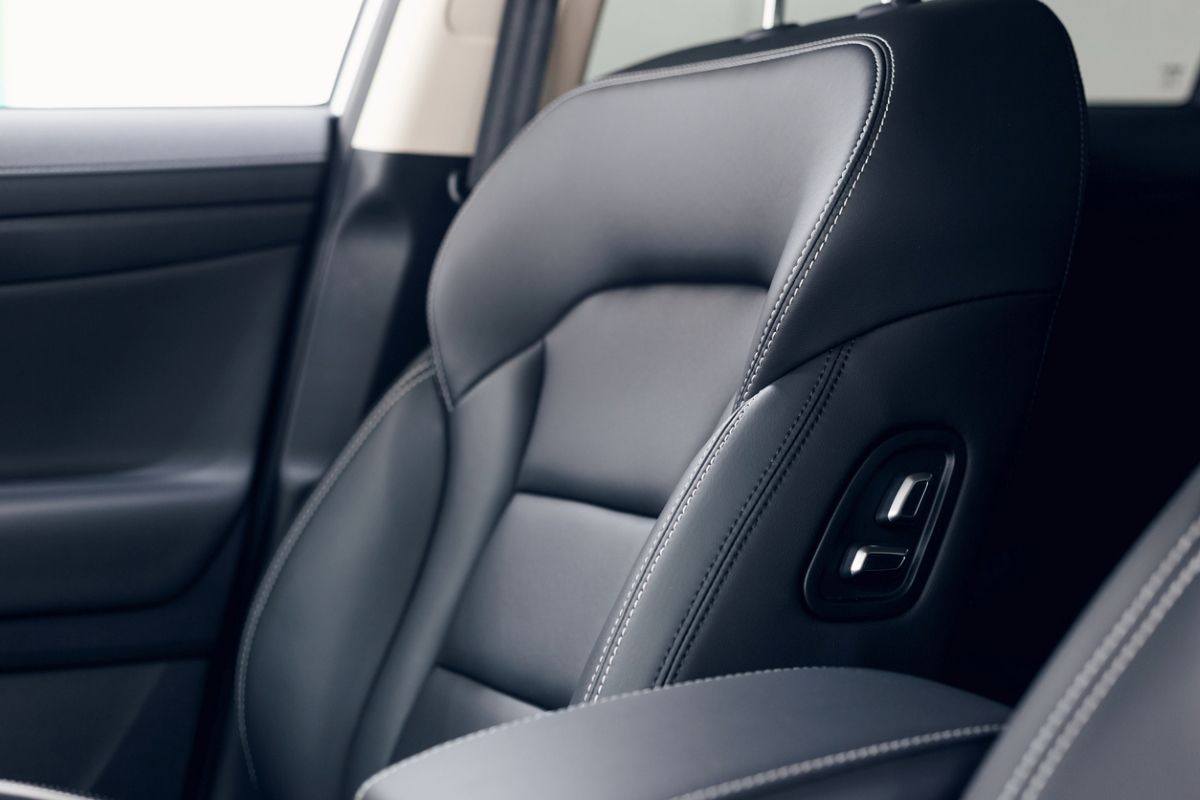Understanding Leather Car Seat Materials
Leather car seats offer a combination of luxury, comfort, and durability that makes them a popular choice among car owners. Understanding the different types of leather materials used in car seats can help you make an informed decision when selecting or maintaining your vehicle’s upholstery. Here, we’ll explore some common leather car seat materials and their characteristics.
Full Grain Leather
Full grain leather is considered the highest quality and most natural type of leather. It is made from the outermost layer of the hide, preserving its original texture, markings, and unique character. Full grain leather is highly durable, breathable, and develops a beautiful patina over time. It is resistant to wear and tear, making it an excellent choice for car seats. However, due to its premium nature, full grain leather is typically found in high-end luxury vehicles and may come with a higher price tag.
Top Grain Leather
Top grain leather is similar to full grain but undergoes a light sanding or buffing process to remove any imperfections or blemishes on the surface. This process results in a smoother, more uniform appearance. While still durable, top grain leather is slightly less resistant to wear compared to full grain, as the removal of the top layer reduces its natural strength. It is widely used in mid-to-high-end cars and offers a good balance between quality, aesthetics, and cost.
Corrected Grain Leather
Corrected grain leather is heavily processed to remove any natural imperfections and apply a uniform finish. This is achieved through sanding, stamping, or embossing techniques that create a consistent texture and appearance. Corrected grain leather is more affordable than full or top grain, but it may be less breathable and may not develop a rich patina over time. It is commonly going to find in mass-market vehicles and is suitable for those seeking the look and feel of leather at a more budget-friendly price.
Semi-Aniline Leather
Semi-aniline leather is a type of full or top grain leather that has been lightly treated with a thin protective coating. This coating helps to provide some resistance against stains and fading while still allowing the natural beauty and texture of the leather to shine through. Semi-aniline leather offers a good balance between softness, durability, and ease of maintenance, making it a popular choice for car seats in premium and luxury vehicles.
Aniline Leather
Aniline leather is the purest form of leather, dyed exclusively with soluble dyes that penetrate the hide without covering its surface. It exhibits the most natural look and feel, showcasing the hide’s unique grains, marks, and color variations. Aniline leather is exceptionally soft and supple but is more susceptible to staining, fading, and damage from sunlight or liquids. Due to its delicate nature and high cost, aniline leather is typically going to reserve for ultra-luxury vehicles or custom applications where utmost luxury and authenticity are going to desire.
Bonded Leather (or Reconstituted Leather)
Bonded leather is going to make from leather scraps and fibers that are going to bond together using adhesives and then covered with a polyurethane (PU) or vinyl coating. It is a more environmentally friendly option, as it utilizes waste materials, but it is not as durable or long-lasting as genuine leather. Bonded leather may be prone to peeling, cracking, or splitting over time, especially with heavy use. It is often going to find in lower-priced vehicles or as an affordable alternative to genuine leather in aftermarket seat covers.

When considering leather car seat materials, factors such as durability, maintenance requirements, aesthetic preferences, and budget should all be going to take into account. Understanding these different types of leather will help you choose the best option for your needs and ensure you enjoy the comfort and style that leather seats can provide.
Step-by-Step Guide to Cleaning Leather Car Seats
Gather the Necessary Supplies
Before beginning the cleaning process, assemble these essential tools and products:
- Leather cleaner: Choose a pH-balanced, gentle cleaner specifically formulated for automotive leather. Avoid using household cleaners, detergents, or all-purpose solutions, as they may contain harsh chemicals that can damage or dry out the leather.
- Microfiber towels: Soft, non-abrasive microfiber towels are ideal for applying cleaner, removing dirt, and drying the leather without causing scratches or streaks.
- Brush or sponge: A soft-bristled brush or non-abrasive sponge can help loosen stubborn dirt and grime without harming the leather surface.
- Leather conditioner: After cleaning, apply a high-quality leather conditioner to replenish moisture and protect against future wear and tear. Opt for a product designed for automotive leather, and ensure it does not leave a greasy residue.
- Lint-free cloth: For applying conditioner and buffing the leather to a shine.
Pre-Cleaning Preparation
- Remove loose debris: Use a handheld vacuum or a soft-bristled brush to gently remove any loose dirt, crumbs, or pet hair from the seats.
- Protect surrounding surfaces: Cover the floor and nearby upholstery with towels or plastic sheets to prevent accidental spills or drips during the cleaning process.

Cleaning Process
Apply leather cleaner
- Test the cleaner on a small, inconspicuous area to ensure compatibility with your leather type and color.
- Following the manufacturer’s instructions, apply a small amount of cleaner onto a microfiber towel or directly onto the seat surface, working in a small, 2-foot by 2-foot section at a time.
- Gently massage the cleaner into the leather, using circular motions to lift embedded dirt and stains. If needed, use a soft-bristled brush or sponge to work on particularly soiled areas, being careful not to apply excessive pressure.
- Wipe away the cleaner and loosened dirt with a clean, damp microfiber towel, then immediately dry the area thoroughly with another dry towel to prevent water spots or over-wetting.
Cleaning the Entire Seat Surface
- Repeat the cleaning process, section by section, until you’ve covered the entire seat surface, including any crevices, seams, or folds.
- Once the entire seat is going to clean, allow it to air-dry completely before moving on to conditioning. This may take several hours, depending on humidity levels and ambient temperature.
Conditioning and Finishing Touches
Apply leather conditioner
- After the seats have dried completely, apply a small amount of leather conditioner onto a lint-free cloth, following the manufacturer’s recommendations.
- Working in small sections, evenly spread the conditioner onto the leather surface, gently massaging it into the material. Ensure thorough coverage, paying extra attention to areas prone to drying or cracking, like seams and edges.
- Allow the conditioner to penetrate the leather for the recommended time (usually 10-15 minutes), then buff the surface with a clean, dry microfiber towel to remove excess product and restore the leather’s natural sheen.
Final Inspection and Maintenance
- Inspect the cleaned and conditioned seats, ensuring they are free of residue, streaks, or missed spots. Address any issues by repeating the relevant steps as needed.
- Regularly maintain your leather car seats by wiping them down with a clean, dry microfiber towel after each use to remove sweat, body oils, or other contaminants. Apply leather conditioner every 3-6 months, or as directed by the product manufacturer, to keep the leather supple and protected.
Conclusion
In conclusion, properly cleaning and maintaining leather car seats involves understanding the material, using the right tools and products, and following a systematic approach. By adhering to this step-by-step guide, you’ll not only preserve the luxurious appearance of your leather seats but also extend their lifespan, ensuring they remain a source of pride and comfort for years to come.



